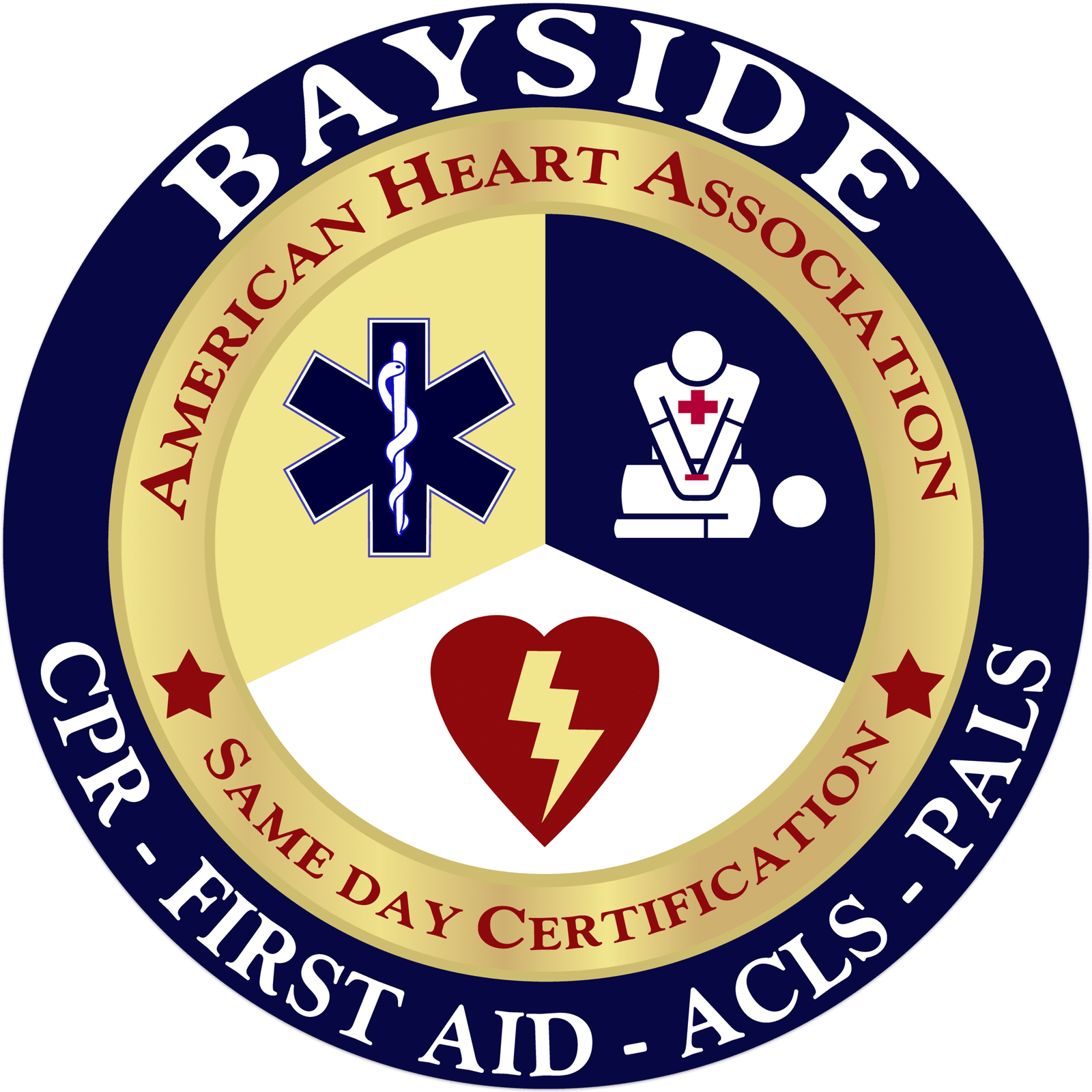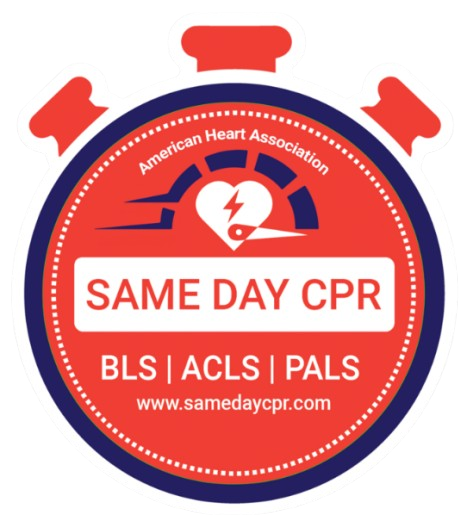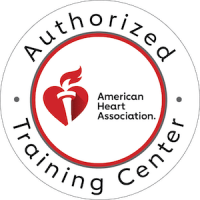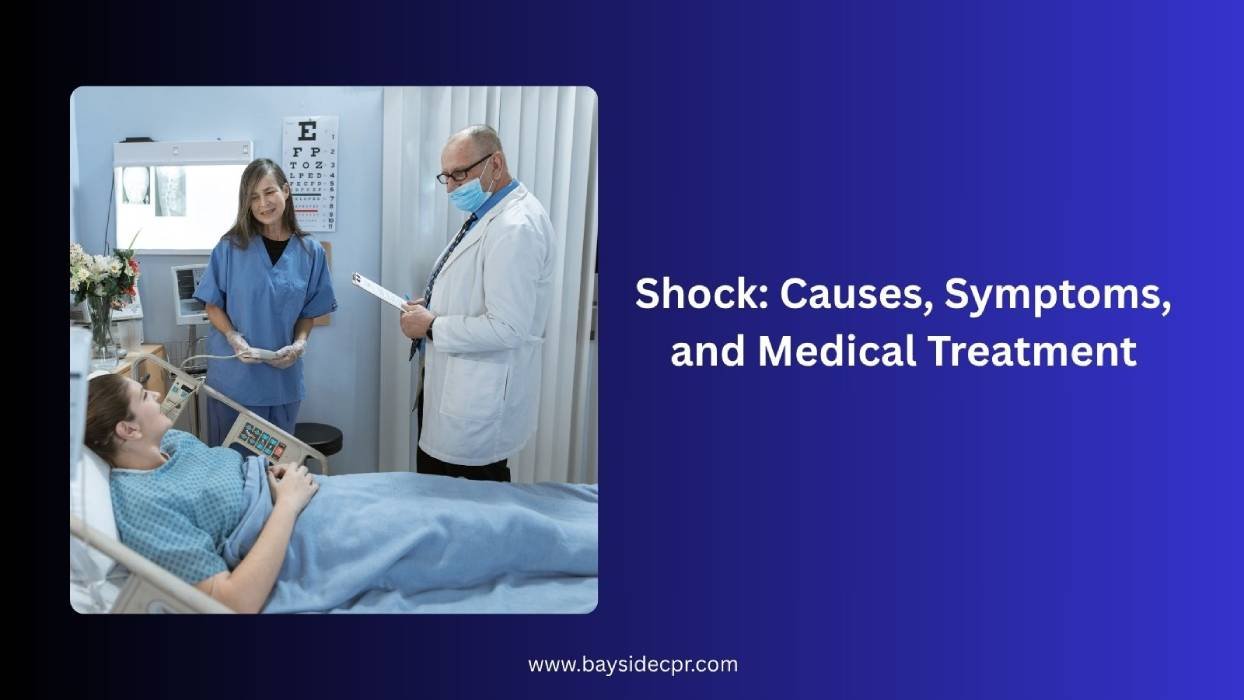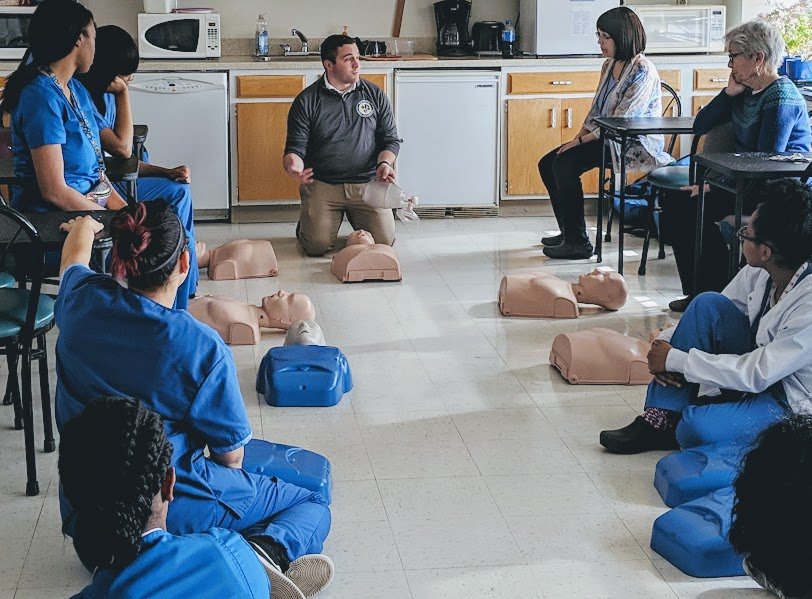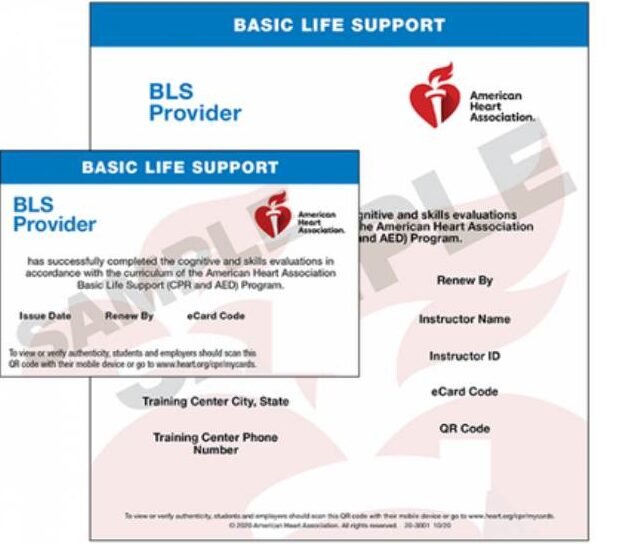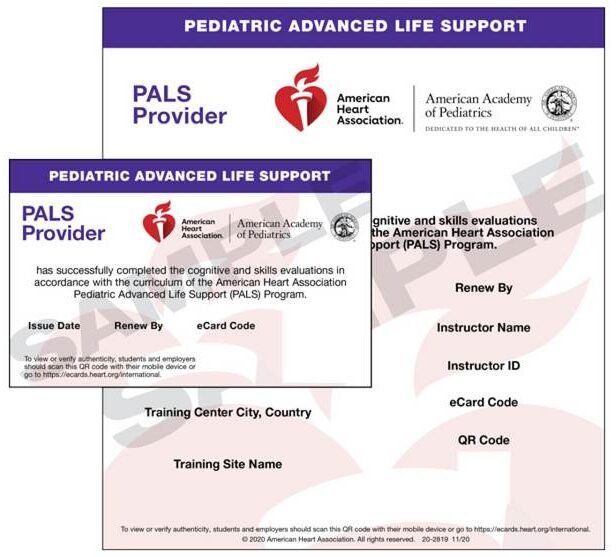The word “shock” has two different meanings in Psychology: Shock is an emotional response to a traumatic event, like sudden grief or fear, that leaves someone feeling numb or overwhelmed. Physiology: Shock is when your body doesn’t get enough blood flow, which means your tissues and organs don’t receive the oxygen and nutrients they need to function properly. It’s a serious condition that can happen after something like an injury, severe infection, or sudden emotional stress. When shock strikes, your heart may race, your skin might become cold and clammy, and you could feel dizzy or weak. As a result, cells in multiple organs, including the brain, kidneys, liver, and heart, stop functioning normally; these organs are highly sensitive. It’s like your body is going into a sort of emergency mode to try and protect itself, but if not treated quickly, it can lead to a condition called multiple organ dysfunction syndrome (MODS).
That’s why recognizing the signs early and calling for emergency medical help at 911 is so important. If shock is severe and prolonged, it can lead to cardiac arrest. If someone is in shock, stops breathing, or has no pulse, you should begin CPR (cardiopulmonary resuscitation). There are four types of shock: cardiogenic, hypovolemic, distributive, and obstructive. Each has its causes, symptoms, and treatment. Getting a clear understanding of these different kinds of shock helps healthcare providers respond effectively and can make all the difference in saving lives.
1. Types of Shock
Shock is classified into four types: cardiogenic shock (CS), hypovolemic shock (HS), distributive shock (DS), and obstructive shock (OS):
1a. Cardiogenic Shock
Cardiogenic shock is a serious condition that happens when the heart can’t pump enough blood to meet the body’s needs, often resulting from severe heart problems like a massive heart attack, heart failure, or significant damage to the heart muscle. When this occurs, you might notice symptoms such as sudden weakness, chest pain, rapid breathing, sweating, cold and clammy skin, and confusion or dizziness. Treatment generally involves trying to stabilize the patient quickly through medications that support heart function and blood pressure, like inotropes, or procedures such as balloon pump therapy or even surgery in some cases. Addressing the underlying cause, like repairing a blocked artery, is crucial to improving the chances of recovery.
1b. Hypovolemic Shock
Hypovolemic shock happens when your body loses a significant amount of blood or fluids, making it hard for your heart to pump enough blood to your organs. This can happen if you suffer a severe cut, if you have a major injury, or if you’re dehydrated from vomiting, diarrhea, or excessive sweating. When this shock happens, you might notice symptoms like feeling dizzy or faint/collapse, rapid heartbeat, cold or clammy skin, and weakness. It’s a serious condition that requires prompt treatment, typically starting with restoring your fluids and blood volume through IV (intravenous) fluids or blood transfusions. Doctors also work to identify and address the cause of the fluid loss, and in some cases, medications are needed to stabilize blood pressure. The key is quick action to prevent organ damage and save lives. It can occur in two ways: hemorrhagic shock and non-hemorrhagic shock. This shock is most common in pediatricians; however, other shocks can also happen.
1c. Distributive Shock
Distributive shock is a type of shock where blood vessels widen excessively, causing a drop in blood pressure and insufficient blood flow to the organs. This often happens because of severe infections like sepsis, allergic reactions such as anaphylaxis, or conditions like neurogenic shock that affect the nervous system. When this occurs, you might notice symptoms like rapid heartbeat, low blood pressure, warm or flushed skin (red face), and confusion or dizziness. Treating distributive shock quickly is essential, usually involving medications like fluids and vasopressors to raise blood pressure and address the underlying cause, such as antibiotics for infections or antihistamines for allergic reactions. Prompt medical care can help restore normal circulation and prevent organ damage. This shock is most common in adults; however, other shocks can also happen.
1d. Obstructive Shock
Obstructive shock happens when something physically blocks blood flow through the heart or large vessels, preventing oxygen from reaching the tissues. This kind of shock can be caused by things like pulmonary embolism, where a clot blocks an artery in the lungs, or by cardiac tamponade, where fluid buildup around the heart restricts its ability to pump. People experiencing obstructive shock often show symptoms such as rapid breathing, confusion, low blood pressure, and a feeling of weakness or dizziness. To treat it, doctors usually focus on removing the blockage by administering blood thinners for a clot, draining excess fluid around the heart, or even surgical intervention in some cases. The goal is to restore proper blood circulation quickly to prevent organ damage and stabilize the patient.
2. Stages of Shock
When it comes to the stages of shock, it’s a bit like a journey through the body’s response to a crisis. It starts with the initial, compensatory, progressive, and refractory.
2a. Initial Stage
At this stage, the body’s response to a sudden problem begins. The blood vessels narrow to maintain blood pressure, and the heart starts beating faster. You might not notice many symptoms yet, but the body is working hard to keep everything running smoothly. This stage is also known as the pre-shock stage or compensated stage.
2b. Compensatory Stage
During this stage, the body actively tries to keep blood pressure and tissue perfusion stable by triggering mechanisms such as vasoconstriction and raising the heart rate. Signs and symptoms often include pale skin, cool limbs, and agitation or restlessness.
2c. Progressive Stage
At this stage, things start to get worse. The body’s compensatory mechanisms begin to fail. Blood flow to organs decreases, leading to tissue damage. You might experience confusion, a weak pulse, rapid breathing, cold, clammy skin, and low blood pressure. This stage needs urgent attention.
2d. Refractory Stage
By this stage, the damage is severe and often irreversible. Organ failure becomes widespread, and the patient may become unresponsive or slip into a coma. Despite medical interventions, recovery is unlikely at this stage.
3. Clinical Signs and Symptoms of Shock
Shock signs and symptoms depend on its type & severity and may develop over time after an incident or injury. Shock can cause long-lasting consequences. Some common symptoms of it are as follows:
- Low blood pressure (hypotension)
- Rapid, weak pulse (tachycardia)
- Weak or absent peripheral pulses
- Cool, clammy skin (due to vasoconstriction)
- Pale or mottled skin
- Altered mental state: confusion, agitation, or loss of consciousness
- Rapid breathing (tachypnea)
- Thirst and dry mouth
Other Signs and Symptoms: Decreased urine output (oliguria), Metabolic acidosis, Cyanosis, and Unconsciousness or coma
4. Diagnosis of a Shock
- Ask About Symptoms: Doctors start by listening to how you’re feeling, including dizziness, weakness, a fast heartbeat, or confusion.
- Check Vital Signs: They take your blood pressure, heart rate, breathing rate, and temperature.
- Physical Exam: Healthcare providers examine your skin and pulse and look for signs like pallor or cold sweat.
- Blood Tests: They order blood tests to check for infections, anemia, or organ function.
- Urinalysis: Sometimes, they test your urine to see how well your kidneys are working.
- Imaging Tests: They might do X-rays, ultrasounds, or CT scans to find injuries or internal bleeding.
- Monitor Response: Physicians watch how your body reacts to initial treatments to help confirm the diagnosis.
- Evaluate Underlying Cause: They try to pinpoint what’s causing the shock, bleeding, allergic reaction, infection, etc.
5. Medications for Shock
Medication for shock depends on its type and severity. Common medicines to treat shock are as follows:
- Fluids (IV fluids): Bring back blood volume and improve blood flow.
- Vasopressors: Narrow blood vessels to raise blood pressure (e.g., norepinephrine).
- Inotropes: Help the heart pump stronger (e.g., dopamine, dobutamine).
- Steroids: Reduce inflammation and support blood pressure.
- Antibiotics: Treat infections causing septic shock.
- Blood transfusions: Replace lost blood in hemorrhagic shock.
- Vasodilators: Sometimes used carefully to improve blood flow in certain shock types.
The Importance of Quick Response in Shock Management
In short, shock is a medical emergency that needs quick recognition and fast action. Understanding its different types—cardiogenic, hypovolemic, distributive, and obstructive—helps healthcare providers act swiftly to treat the root cause and restore proper circulation. From the earliest stage to the most severe, shock shows signs that shouldn’t be ignored, like rapid heartbeat, cold skin, confusion, and low blood pressure. With the right interventions, whether it’s fluids, medications, or surgery, many cases of shock can be reversed, and lives can be saved. That’s why knowing what to look for and responding without delay is so important.
Understanding how to provide first aid and respond swiftly in emergencies like shock can make a life-saving difference. That’s why it’s crucial to get proper training in vital skills like CPR, First Aid, and BLS. At Bayside CPR, our experienced instructors offer hands-on courses, including ACLS and PALS, that prepare you for real-life situations. Enroll in our certification programs today and gain the confidence to act when every second matters.
